Although Fortaleza de la Mota at Alcalá la Real has its foundations in the 8th century AD, the remains you see today are mainly those of the Mediaeval town that grew behind the protecting walls in the 250 years that the fortress stood on the border between the Christian Kingdom of Castile and the Muslim Emirate of Granada.
By Nick Nutter | Updated 4 Jun 2023 | Jaén | Places To Go |
Login to add to YOUR Favourites or Read Later
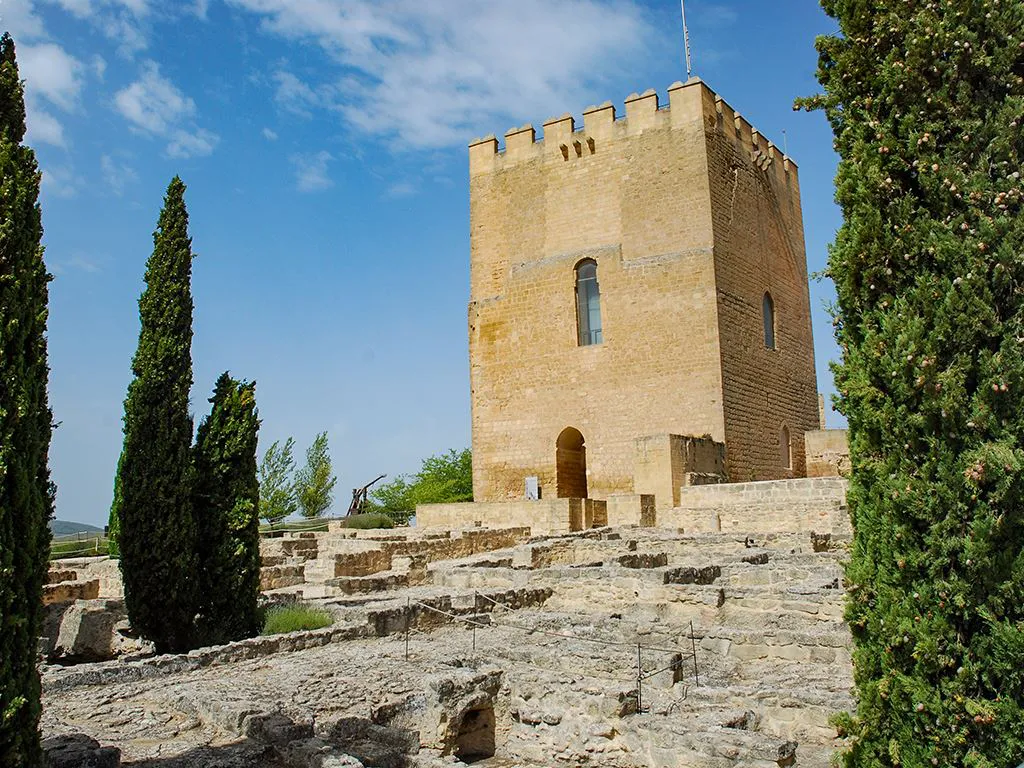
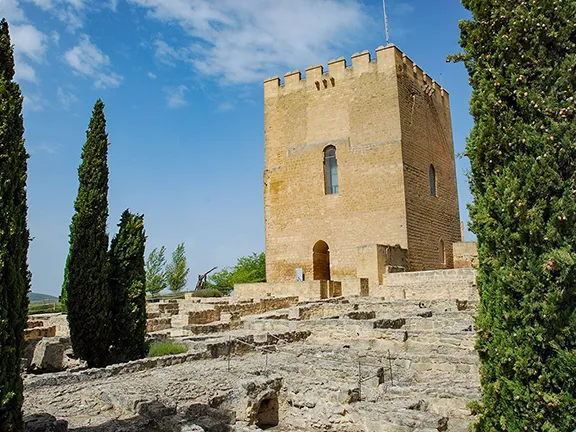
Fortaleza de la Mota Alacala la Real
The Christian armies had been pushing into al-Andalus since the United Caliphate of Córdoba splintered into independent kingdoms called taifas in 1031 AD. Following the Battle of Tolosa in 1212 AD, the Christian armies established a presence south of the Sierra Morena mountain range in the valley of the Guadalquivir. The Sierra Morena had, until then, protected the northern border of what is now Andalucia. In 1246, the formidable fortress at Alcaudete, just 24 kilometres north of Alcalá la Real, had been taken by Fernando III.
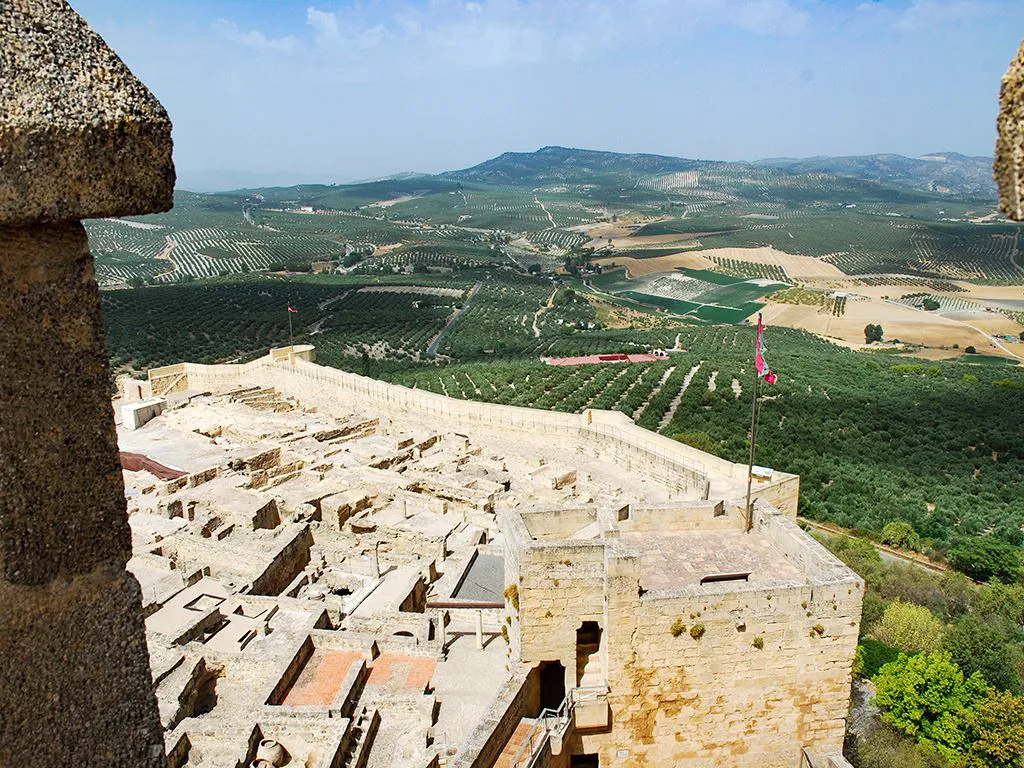
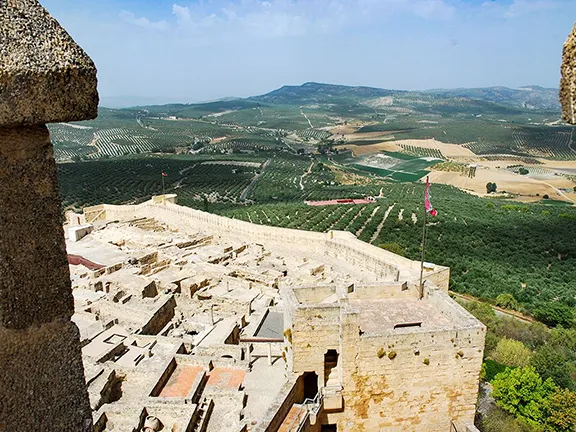
Overlooking the valley of Rio Guadajoz
Alcalá la Real is situated at a strategic position at the head of the valley of the Rio Guadajoz that provides a natural pass between the wide valley of the Guadalquivir and the plain on which Granada stands. After the Christian occupation of Alcaudete, the writing was on the wall for Fortaleza de la Mota but it was to be almost another hundred years before the Muslims were ousted from the stronghold in 1341. So, from 1246 until 1341, the Muslim defenders of Fortaleza de la Mota faced north and from 1341 until the final reconquest of Granada in 1492, the Christian defenders faced south. The numerous watchtowers situated on ridges surrounding Fortaleza de la Mota, built to warn of enemy incursions, reflect the strategic situation over this period. The majority of the Muslim built towers are to the north whilst those built later by the Christians are to the south.
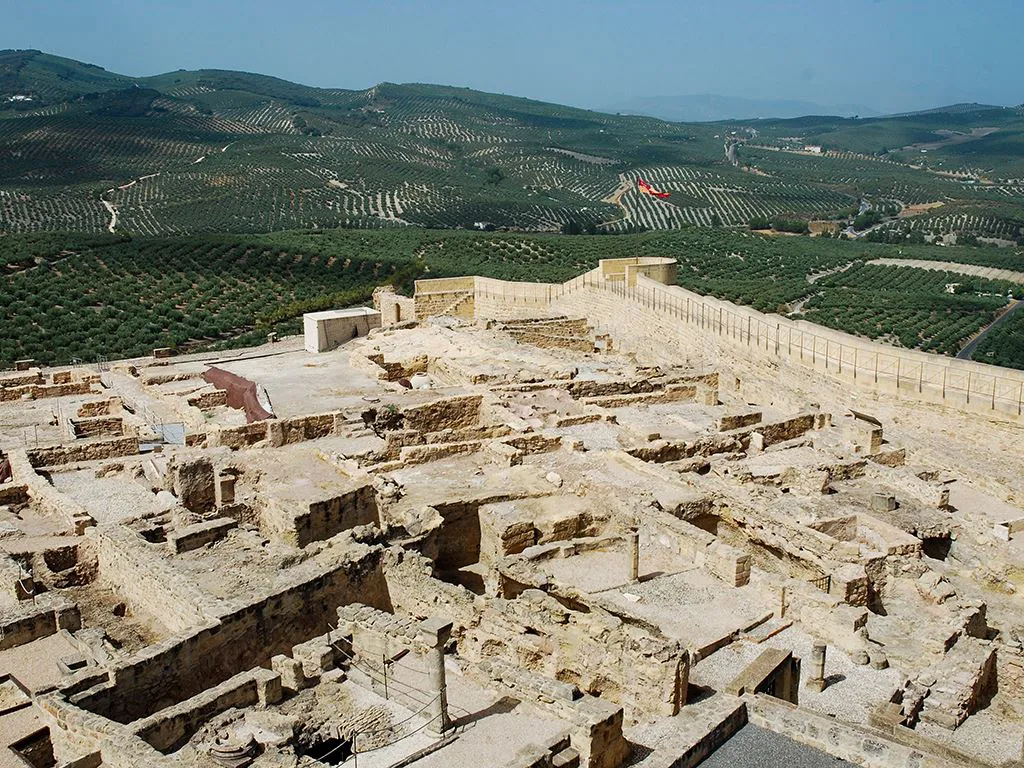
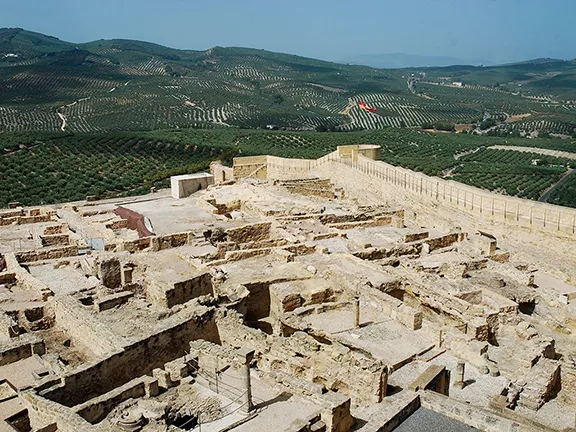
Residential area Fortaleza de la Mota
The walls of Fortaleza de la Mota form a perimeter, one of the largest in Andalucia, around the three component parts of the town. The Alcazaba, the final redoubt that consists of the Homenaje Tower, Campana or Vela Tower and Mocha Tower surrounding the Plaza de Armas. The Alcazar is the walled, residential part of the town and there is an open area within the walls with a mosque, now demolished to make way for a church, and market. The town within the walls was developed by the Muslims from the 13th century and by the Christians after 1341. It now stands as one of the best preserved Mediaeval fortified towns in Andalucia.
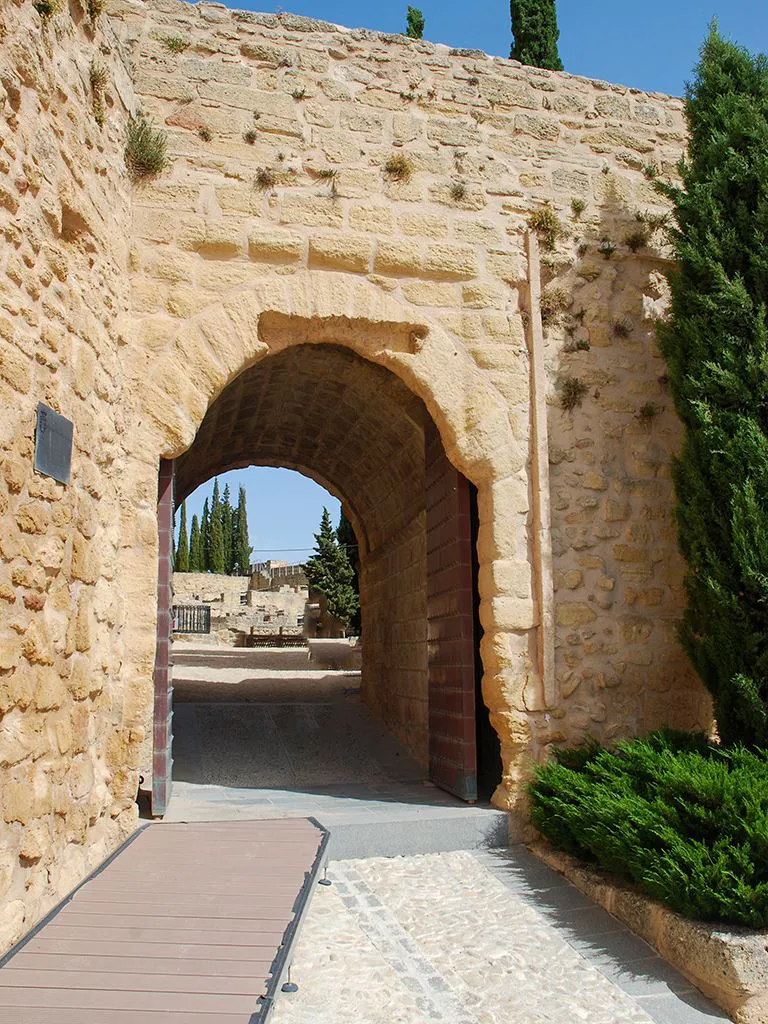
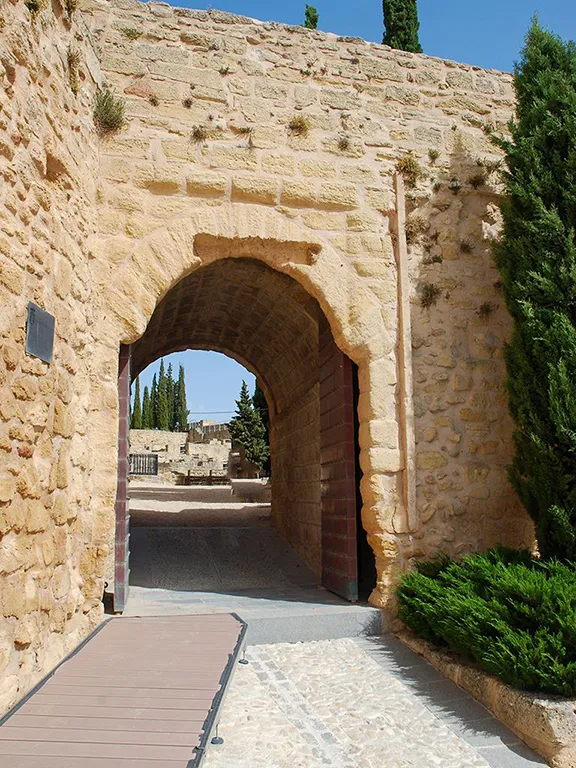
Spear Gate
Fortaleza de la Mota once had seven gates giving access through the walls. The visitor today passes through three, the Spear Gate, the Butchers Gate and the Flour Weighing Gate. The Butcher’s Gate is so named because of the large butcher’s shop that stood just within the gate. Animals brought to the town to be sold and slaughtered could be kept outside the residential and market areas. The residents must have had the same attitude towards prostitutes as well, the whorehouse was next door to the butchers. The Flour Weighing Gate was where goods of all sorts were weighed and measured and a tax was collected that permitted the owners to sell their goods within the market.
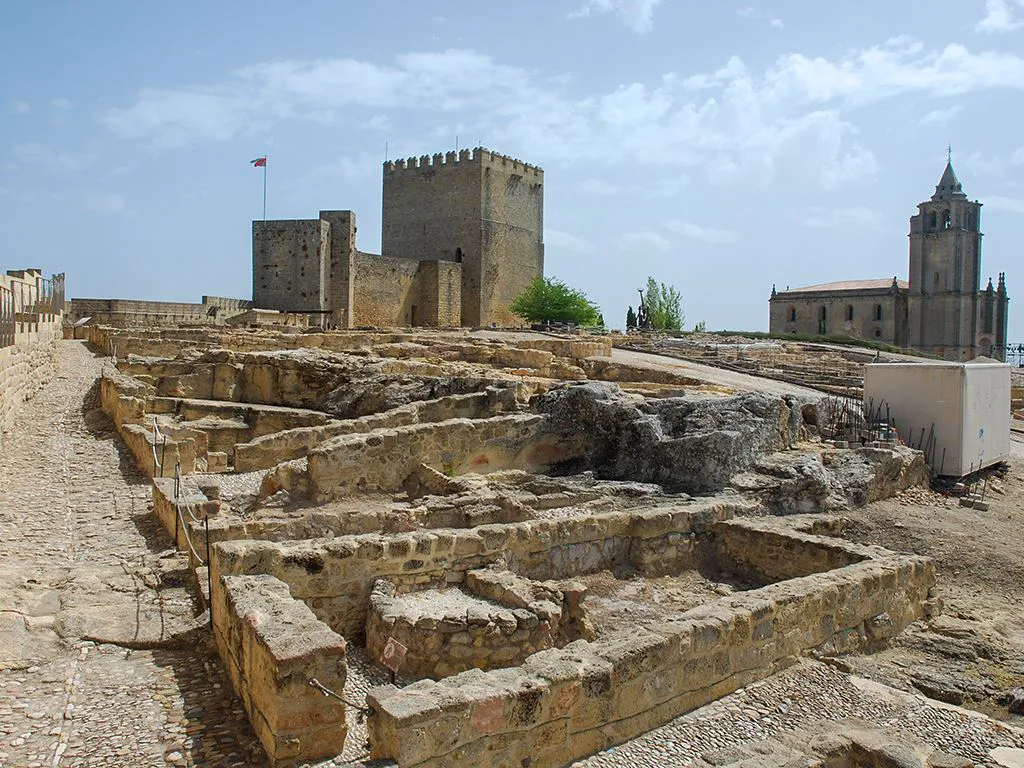
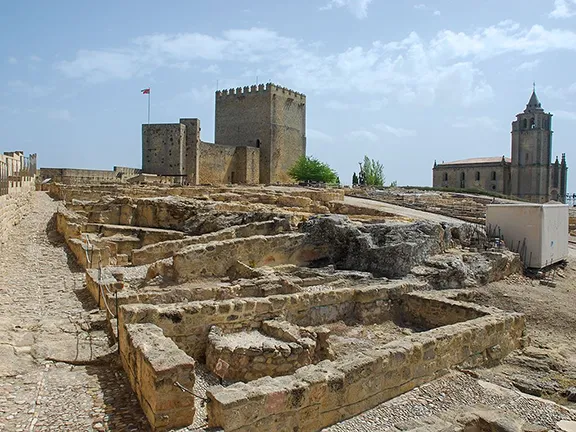
The Marketplace in Fortaleza de la Mota
Just inside the Flour Weighing Gate is a Mediaeval Apothecaries shop and the shops and stalls that made up the market. Some of the stalls were open, some, such as the permanent taverns, wineries and bodegas, of which there were more than a few, were enclosed. It is not difficult to imagine the hustle and bustle with hawkers shouting their wares, men and women haggling for produce, children and animals underfoot and pack animals adding to the melee.
The residential part of the town was built to a regular plan and included sewerage and drainage, the former admittedly spewed out through the town walls onto unfortunates making their way up the steep incline between the gates. Water drainage was another matter. In any citadel water is important so the occupants of Fortaleza de la Mota made every effort to collect and save rainwater. There are a number of aljibes (cisterns), and wells within the walls.
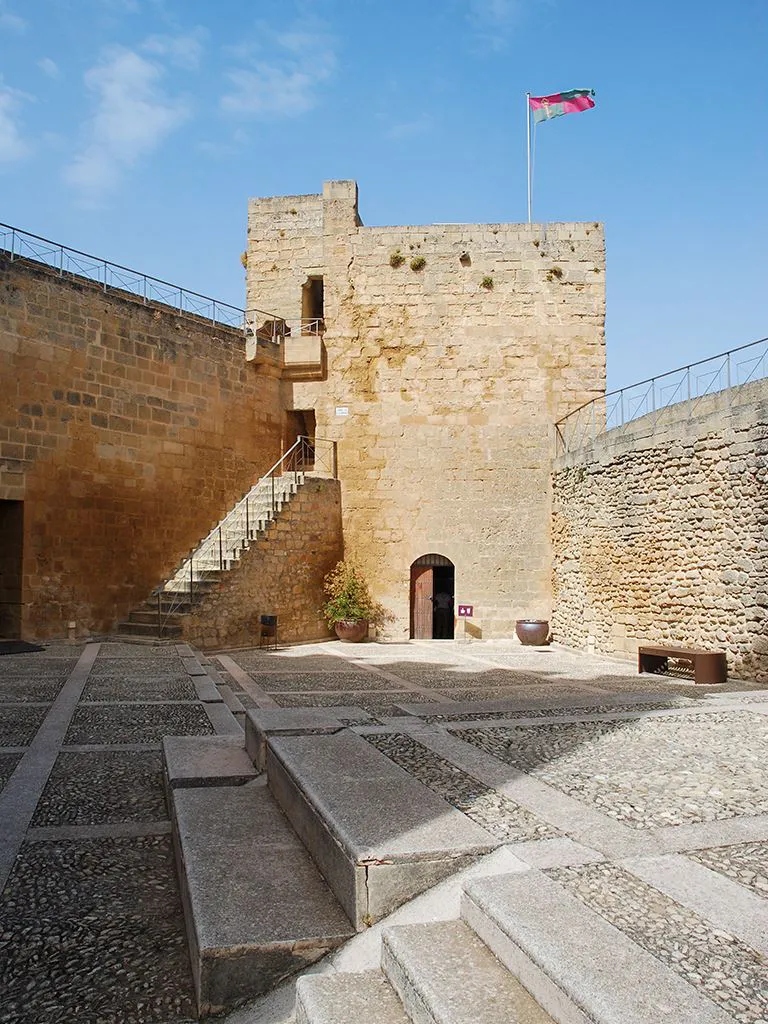
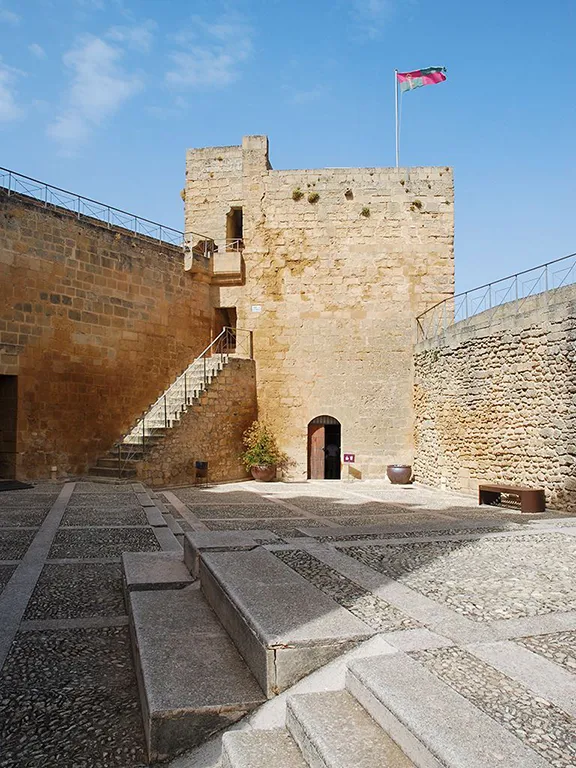
Plaza de Armas
There is a legend that links the water supply to the conquest of the town by Alfonso XI. In 1341, Alfonso XI laid siege to Fortaleza de la Mota. He managed to seize the Arrabal Viejo (Old Suburb) but defenders in the upper Alcazaba enclosure resisted despite the lack of provisions. Pascual Sánchez el Adalid, one of the knights who participated in the siege, managed to climb the wall and capture a Muslim shepherd. The shepherd showed the Knight the well that supplied the fortress and the Knight poisoned the water in the well. With the water poisoned, there was no other option for the fortress soldiers than to surrender the Alcazaba to Alfonso XI.
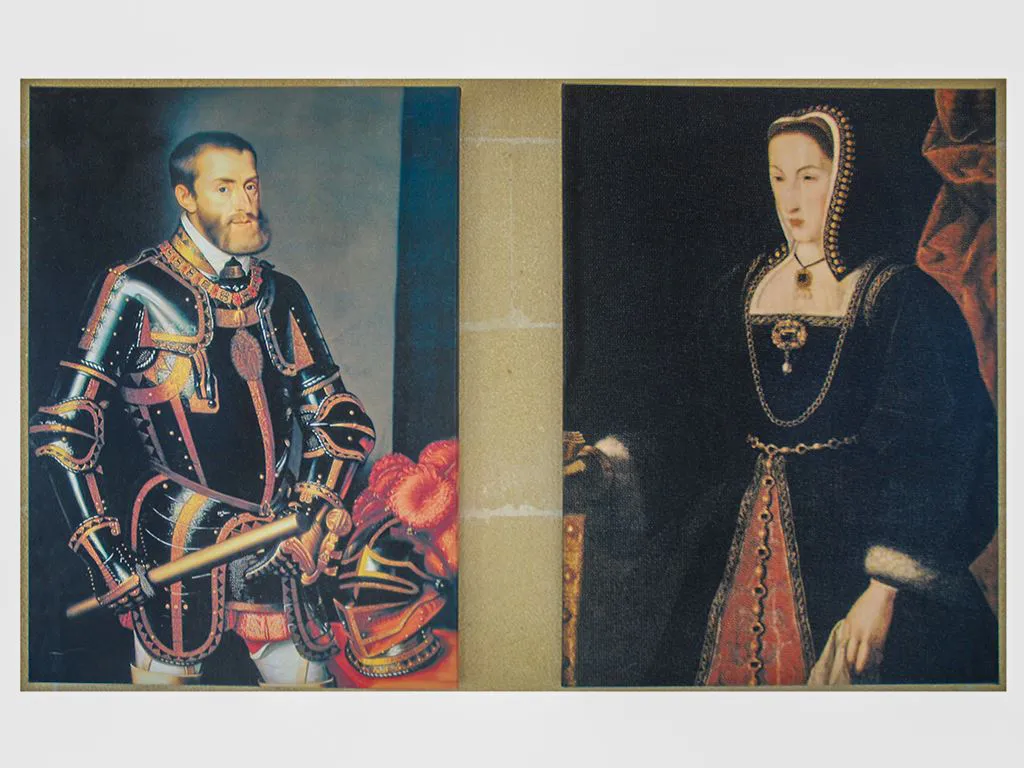
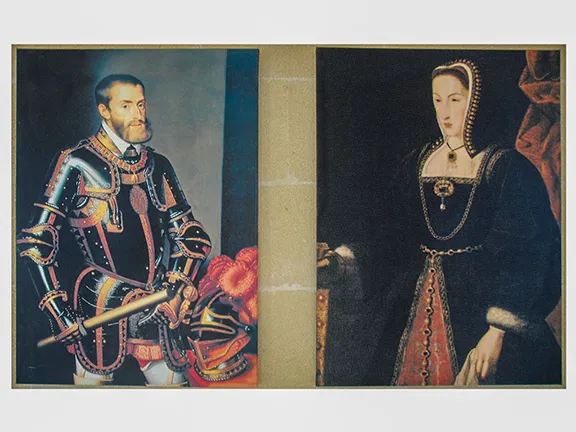
The Christian Monarchs
Following the capture of Fortaleza de la Mota, little changed for its inhabitants, they just had new masters. A certain amount of rebuilding went on in the residential area, including the Palacio Abacial for the abbot and a church to replace the mosque. Between 1530 and 1627 the monumental Gothic and Plateresque style church, Iglesia Mayor Abacial, was built within the walls of La Mota.
After the reconquest of Granada in 1492, Fortaleza de la Mota lost much of its strategic importance and there was no reason to reside behind high walls. People started to leave the fortified town to establish the present day town of Alcalá la Real. By the end of the 17th century, Fortaleza de la Mota was largely abandoned.
The fortress had a brief renaissance when French troops under the command of General Sebastiani, arrived during the Peninsula War in 1810.
The French campaign of 1810 was a plan to occupy Andalucia. By late January the main Spanish armies defending Andalucia had already been dispersed, with some survivors fleeing south into Granada. General Sebastiani had been sent to deal with a Spanish force at Jaén, defeating it on 23 January. Two days later he was ordered to take his 10,000 men east into Granada, with orders to disperse what was left of the Spanish army and to occupy Granada and Málaga.
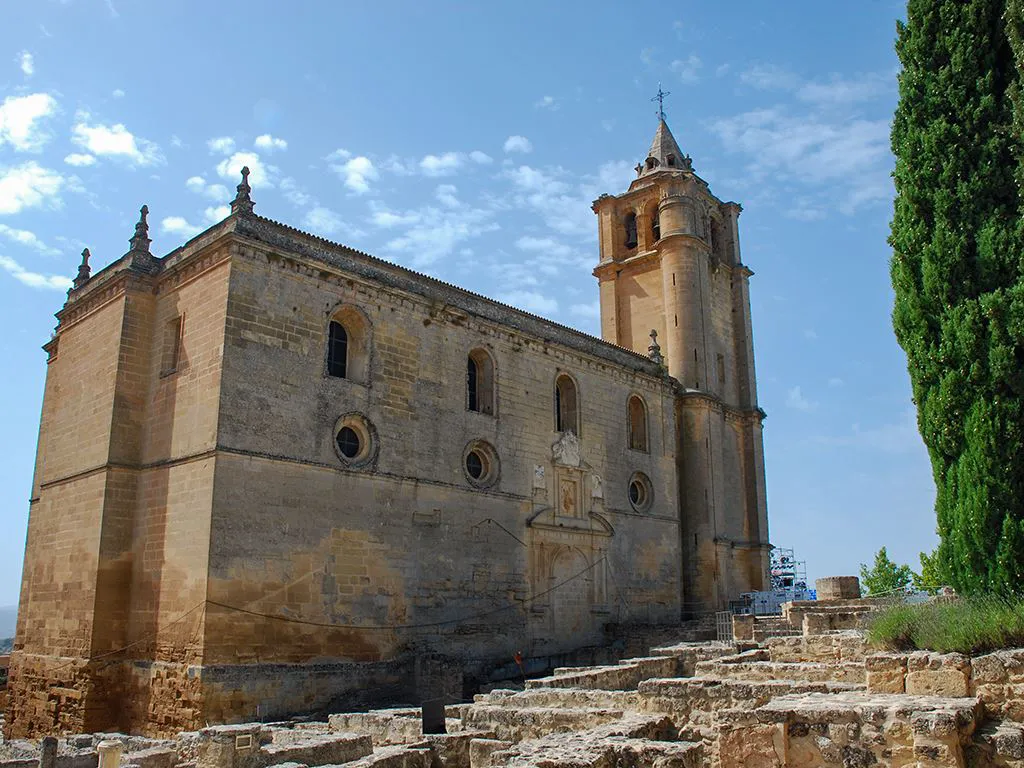
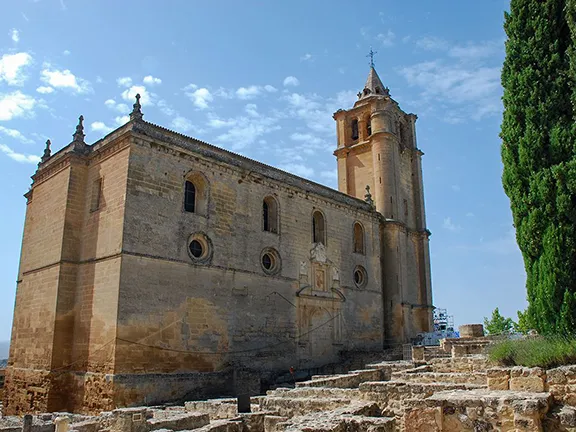
Iglesia Mayor Abacial gutted by the French
Part of the Spanish army had retreated to Alcalá la Real. There they had been joined by 2,000 cavalry under General Freire, including the entire cavalry of the Army of Andalucia, which had not been involved in any action during the current campaign season.
On 28 January Sebastiani reached Alcalá la Real and sent Milhaud’s dragoons and Perreymond’s chasseurs to attack the Spanish position. The Spanish troops scattered, suffering 500 casualties in the pursuit that followed and lost all of their guns. The survivors escaped east into Murcia. Sebastiani moved on to occupy Granada, entering the city on 29 January. After some fighting in the passes of the Sierra de Alhama on 5 February he stormed Málaga before occupying the towns on the coast.
The French occupied Alcalá la Real and Fortaleza de la Mota until 1812 when the now defeated French armies retreated back to France. As they left Alcalá la Real they set fire to the Iglesia Mayor Abacial which was completely gutted.
The Fortaleza de la Mota is open to visitors, check opening times here